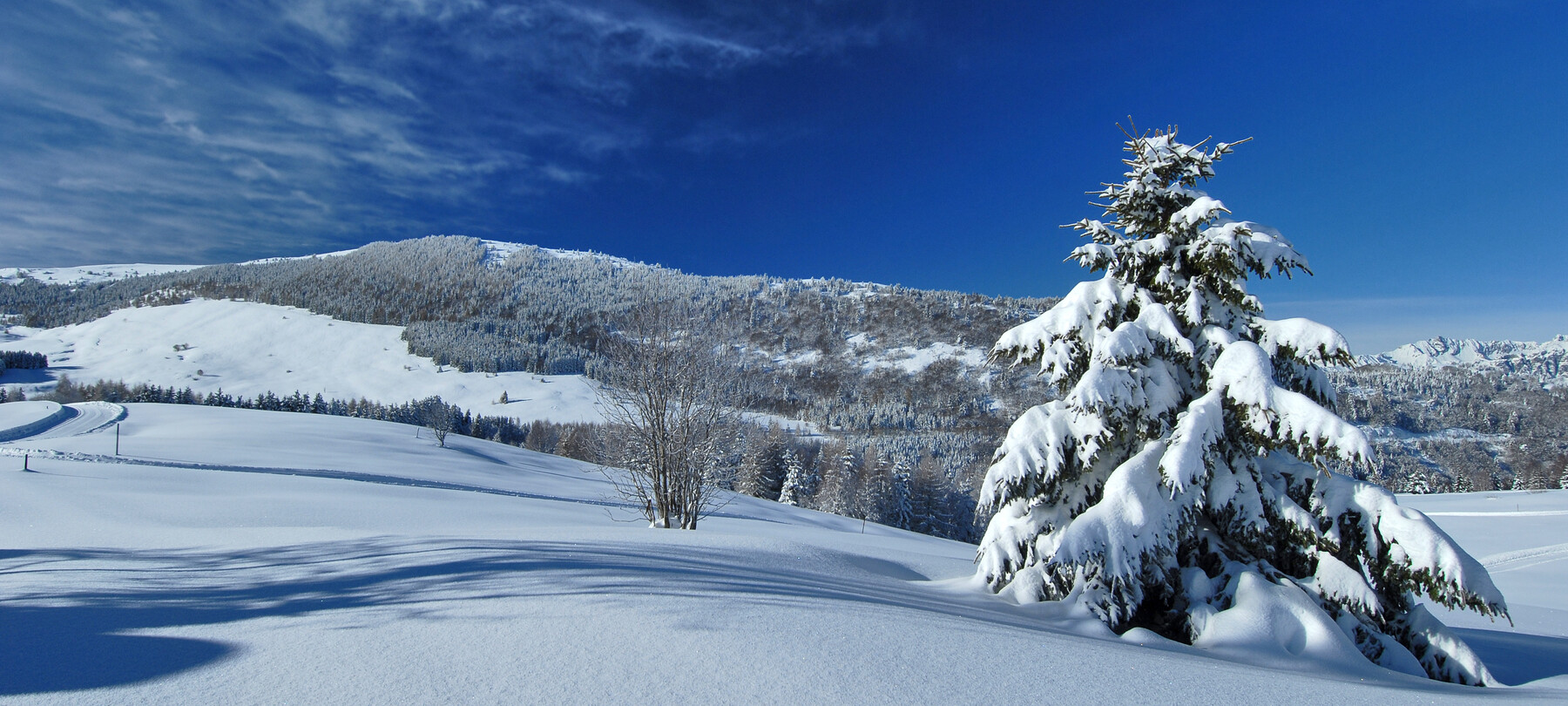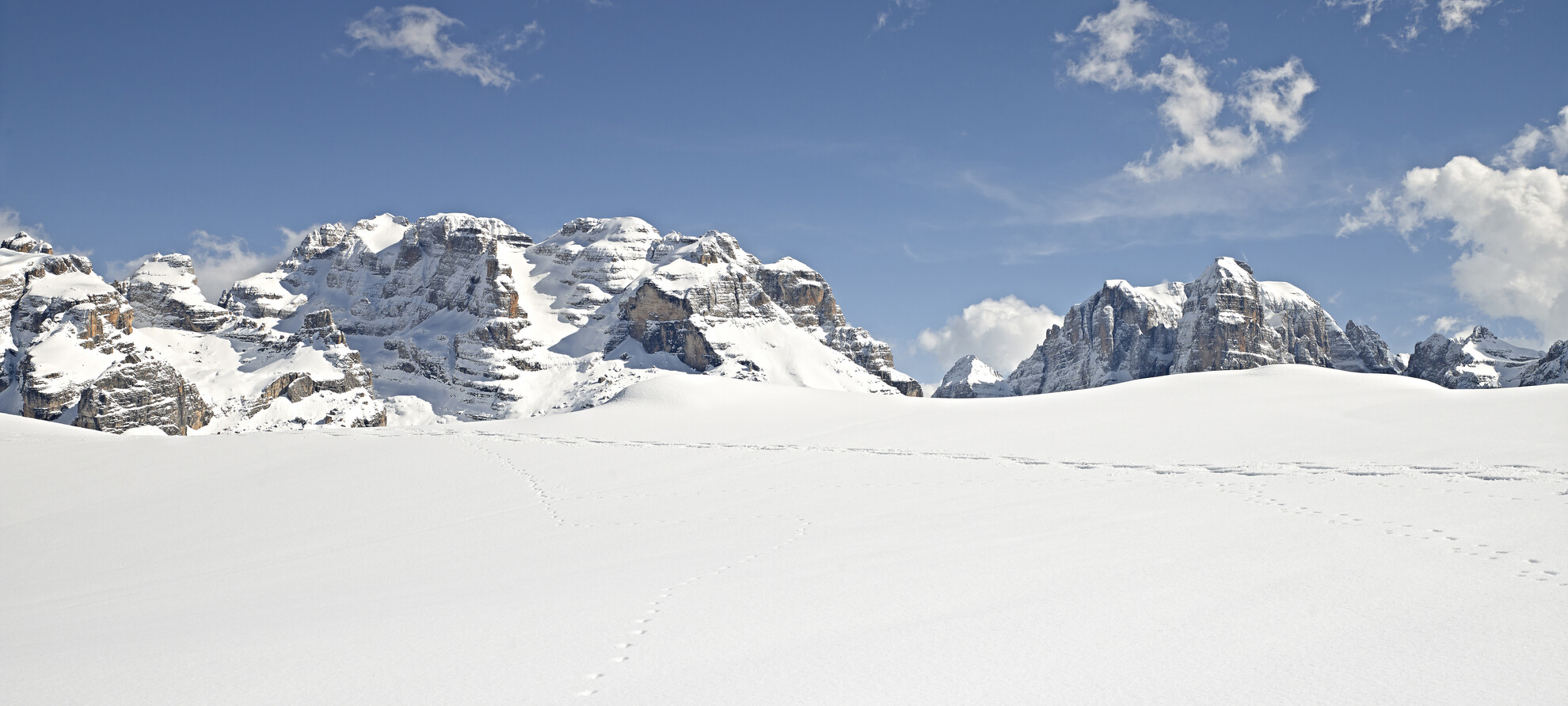The last and first: the flowers of the Dolomites in the cold months
Here’s how you can recognise them on your winter walks
Summer closes with shades of crimson and lilac. The last golden rays filtering through the thick branches of the beechwood light up clusters of elegant cyclamens, whose sweet scent heralds the end of the year. In short, temperatures will fall, branches will shed their leaves and the colours, which had lit up the woods in summer, will fade.
Chemical substances, called pigments ‒ which are genetically defined, but whose expression and intensity are also due to a precise mix of temperature, quantity of minerals in the soil and sunlight ‒ bestow colours to flowers, but also to seasons and natural landscapes. Every season, habitat and year is slightly different: delphinidin, cyanine and peonidin are pigments of pink, crimson and violet, while the carotenoids are responsible for yellow colours. In fact, nature does not forgo “dressing up” in a variety of colours. Even winter, when there is very little sunlight and scarce resources, requires chlorophyll and flavonoids, pigments that define green and white shades, matching the snow.

The bold petals we see during winter walks in the Dolomites are those of flowers that have a fearsome reputation: the hellebores. The name conjures up death, which they can actually cause if they are swallowed. In fact, people in ancient times used to call it a “food that kills” due the epipactis helleborine contained in their stem, which is a powerful cardiac poison. It is said that at one time these plants were used to treat mental illnesses but, if they were given in excessive doses, they inevitably caused death.
Helleborous Niger, the Christmas rose, embellishes mountain meadows, broad-leaved woods and brush between December and April. While the petals of Helleborous viridis, green hellebore, appear in February in the clearings of woodlands or on their edges and they are snow-coloured or as green as chlorophyll, which they are full of. Finally, stinking hellebore (Helleborous foetidus), is only present in the Trentino Dolomites: it has bell-shaped flowers, which are greenish in colour, edged with maroon and, as the name implies, it has an unpleasant smell.
To announce the arrival of spring, there is a more delicate, beautiful flower, which is milky-white, as its name implies: Galanthus nivalis, the snowdrop which in damp woods, along the streams, in the meadows and woods and mixed deciduous woods signals that new life is imminent.
Flowers deck the Dolomites like precious coloured gems, adapting themselves to the various seasons in terms of shape, nuances and survival strategies. If you want to broaden your knowledge on them, you can visit one of the many botanical gardens in the area. However in winter, the ideal place is the Giardino Botanico Alpino Viote di Monte Bondone, (Viote Alpine Botanical Garden of Monte Bondone) near Trento, open after prior appointment.


